Posted on: Friday July 12, 2024
By Diana Bizecki Robson, Curator of Botany at the Manitoba Museum
There are many plant species with edible fruit in Manitoba. Wild fruits make a nutritious snack when you are out hiking but you may also want to consider growing of these shrubs in your yard to ensure easy access to their delicious fruit.
Berries
Berries are fleshy fruits with several seeds inside them. The most popular ones to eat are Saskatoons (Amelanchier alnifolia) and blueberries (Vaccinium spp.). Saskatoons are tall shrubs typically found in the prairies and parklands, while blueberries are low shrubs common in the boreal forest.

Saskatoons (Amelanchier alnifolia) are often found along river valleys in southern Manitoba. © Manitoba Museum
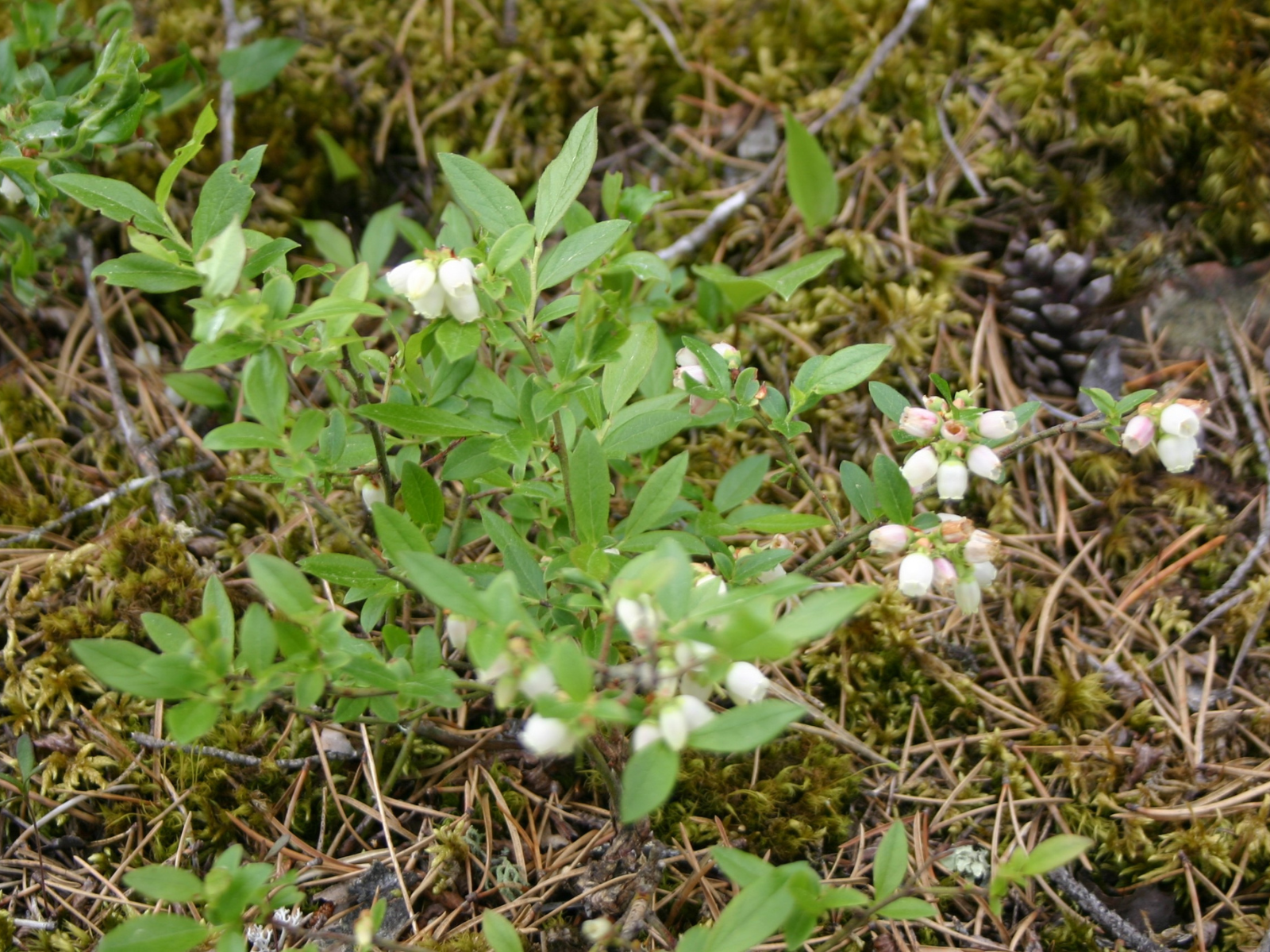
When in flower, Velvet-leaved Blueberry (Vaccinium myrtilloides) attracts many insect pollinators, including bees. © Manitoba Museum
Cherries
Fruits that we commonly call “cherries” or “plums” are actually drupes, a fleshy fruit with a hard, inedible pit inside. Manitoba has five species of wild cherries including Wild (Prunus americana) and Canada Plum (P. nigra), Chokecherry (P. virginiana), Pin Cherry (P. pensylvanica) and Sand Cherry (P. pumila). Wild plums and cherries can be pitted and dried or turned into jam, juice, or jelly.
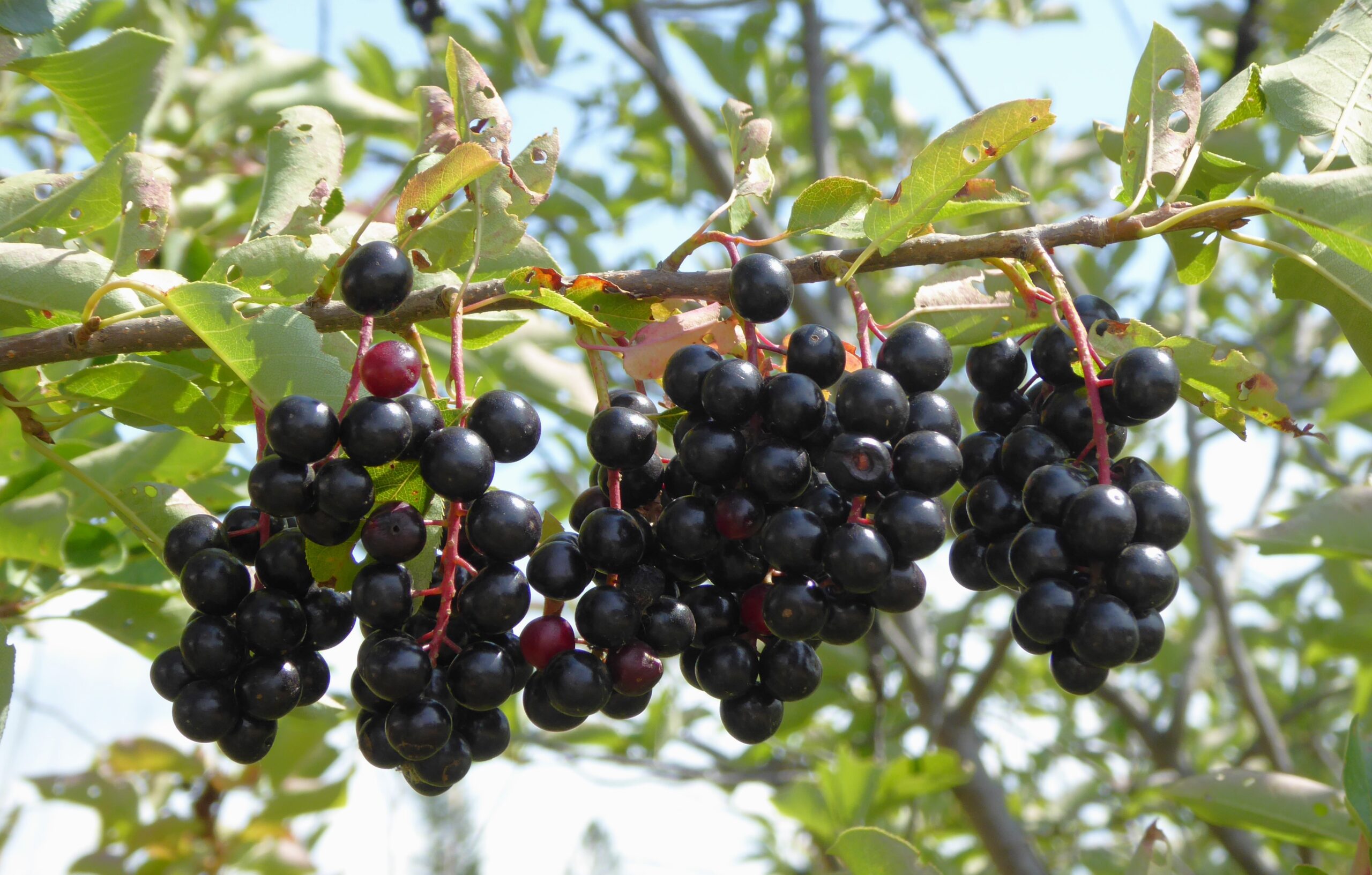
Chokecherries (Prunus virginiana) are common, tall shrubs with edible, dark purple fruits. © Manitoba Museum
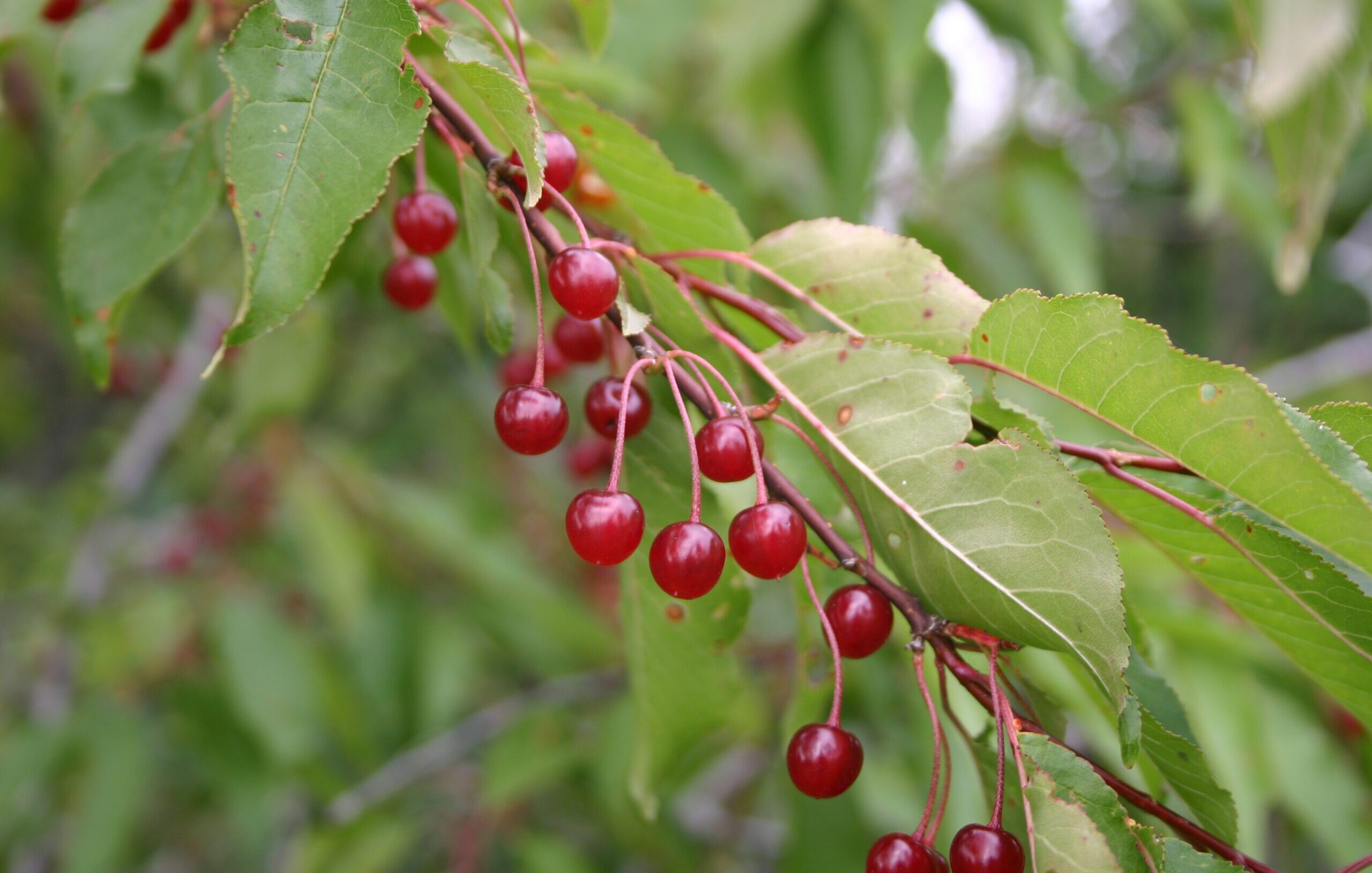
Pin cherries (Prunus pensylvanica) are tall shrubs with bright red berries occurring in clusters. © Manitoba Museum
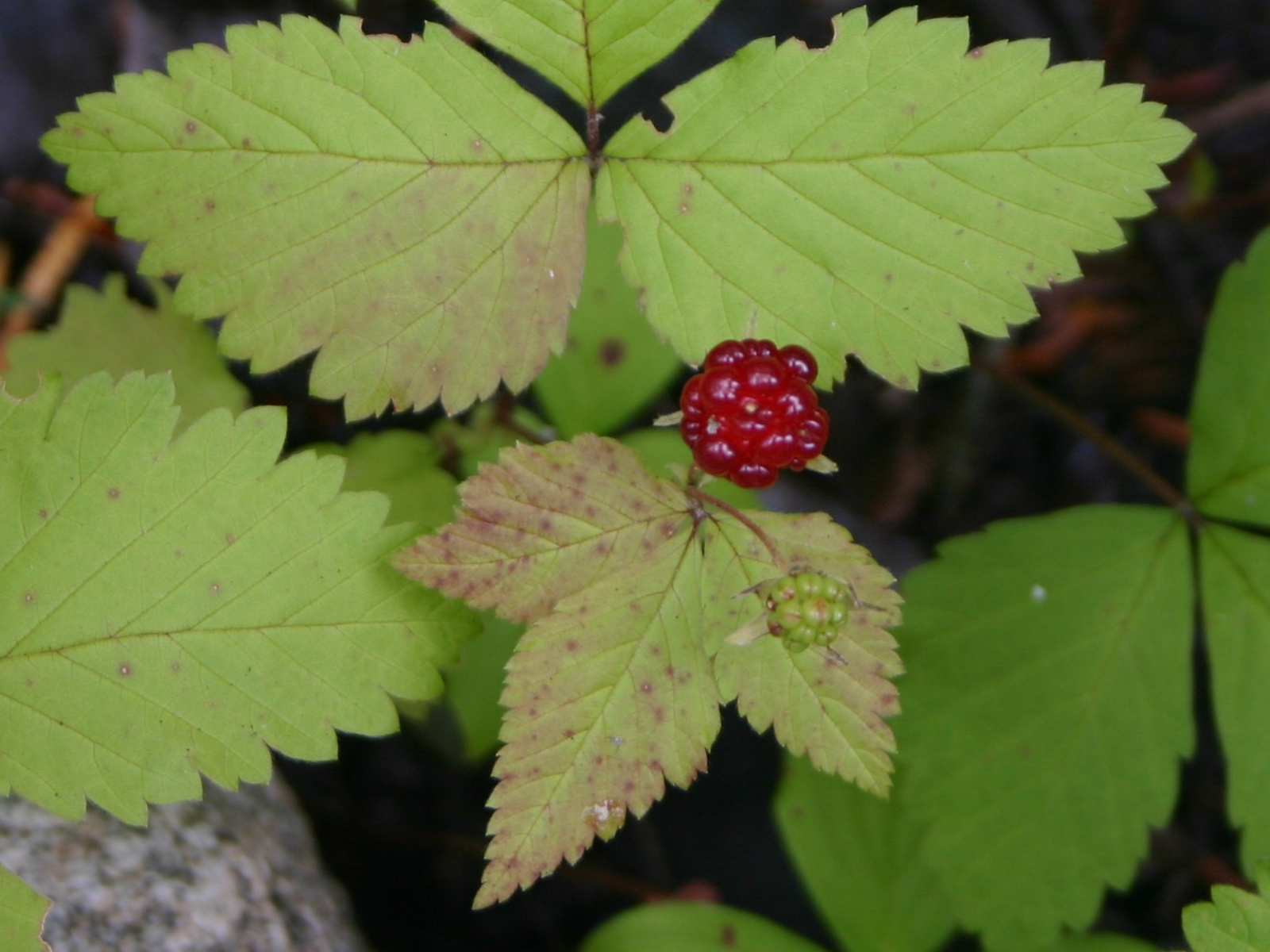
Faux Berries
Some fruits are called “berries” but are structurally different from real berries. The fleshy part of wild strawberries (Fragaria spp.) is actually a fleshy petal; what we call “seeds” are the fruits. In raspberries (Rubus idaeus) and dewberries (R. pubescens) the fruit is a whole bunch of tiny fruits clustered together.
Image: Dewberry (Rubus pubescens) produces a raspberry-like fruit that is highly nutritious. © Manitoba Museum
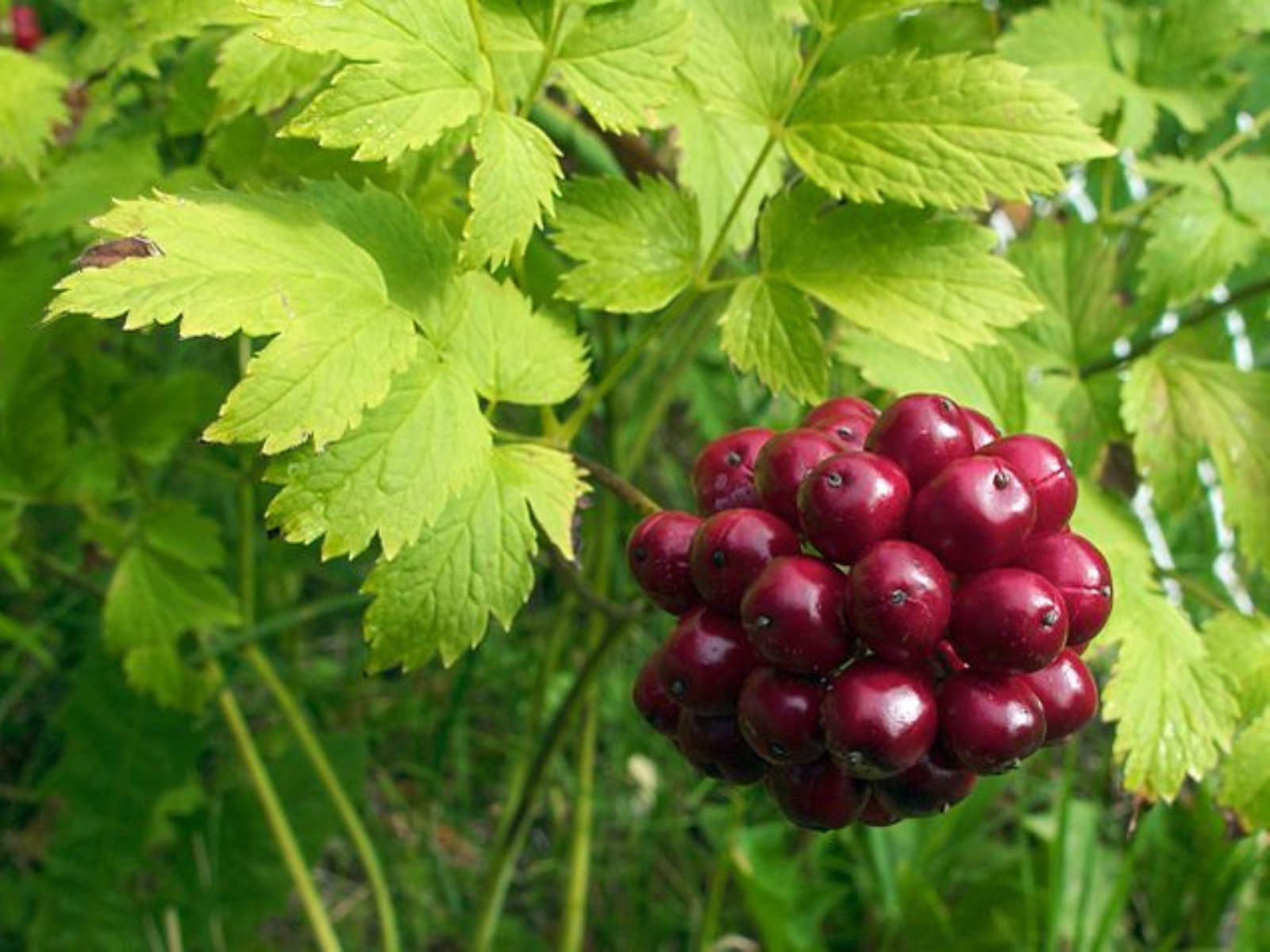
Fatal Fruits
Edible fruits typically grow on shrubs, and are red, bluish, or purple in color. If the fruits are white, or if the plant is a vine or herb, it should not be eaten. The plant Baneberry (Actaea rubra) produces poisonous berries that can be fatal if eaten.
Image: Baneberry (Actaea rubra) is a forest herb that has deathly poisonous red or white berries. Do not consume this species’ fruit! CC-BY-SA-2.0
Before consuming any wild fruit, remember to consult with a field guide, to ensure you can correctly identify both edible and dangerous fruits.



